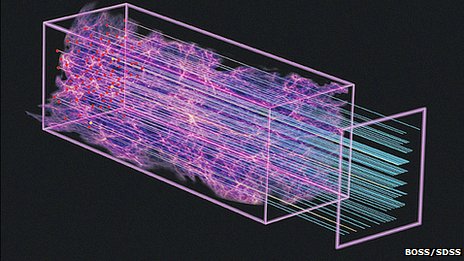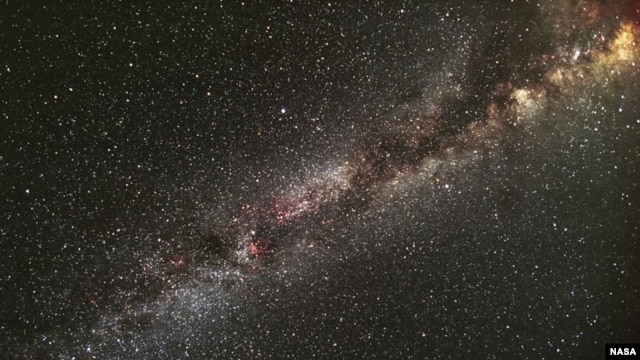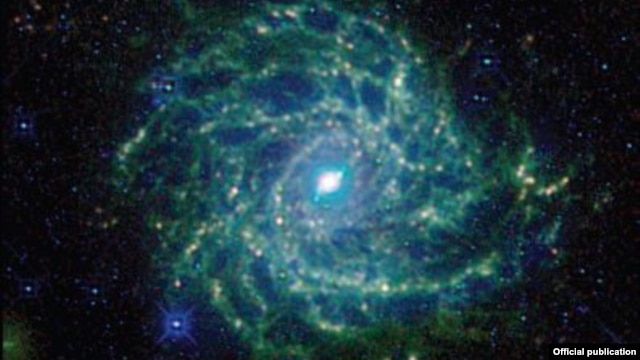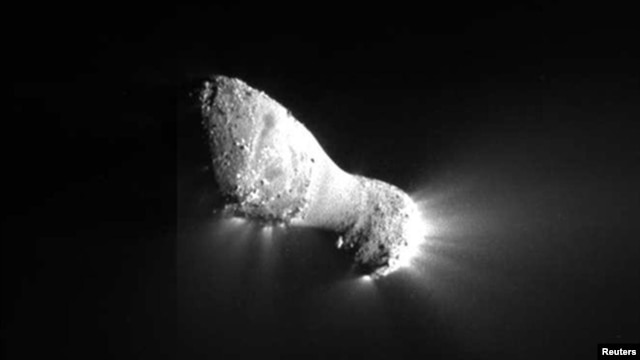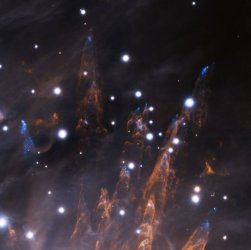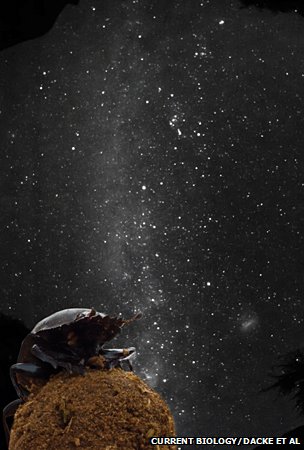Mr. H.
Diamond Member
Take what I say in a differnt way, and it's easy to say that this is all... confusion.
[ame=http://www.youtube.com/watch?v=lTjbWL6XYoU]Yes - Starship Trooper - YouTube[/ame]
[ame=http://www.youtube.com/watch?v=lTjbWL6XYoU]Yes - Starship Trooper - YouTube[/ame]







